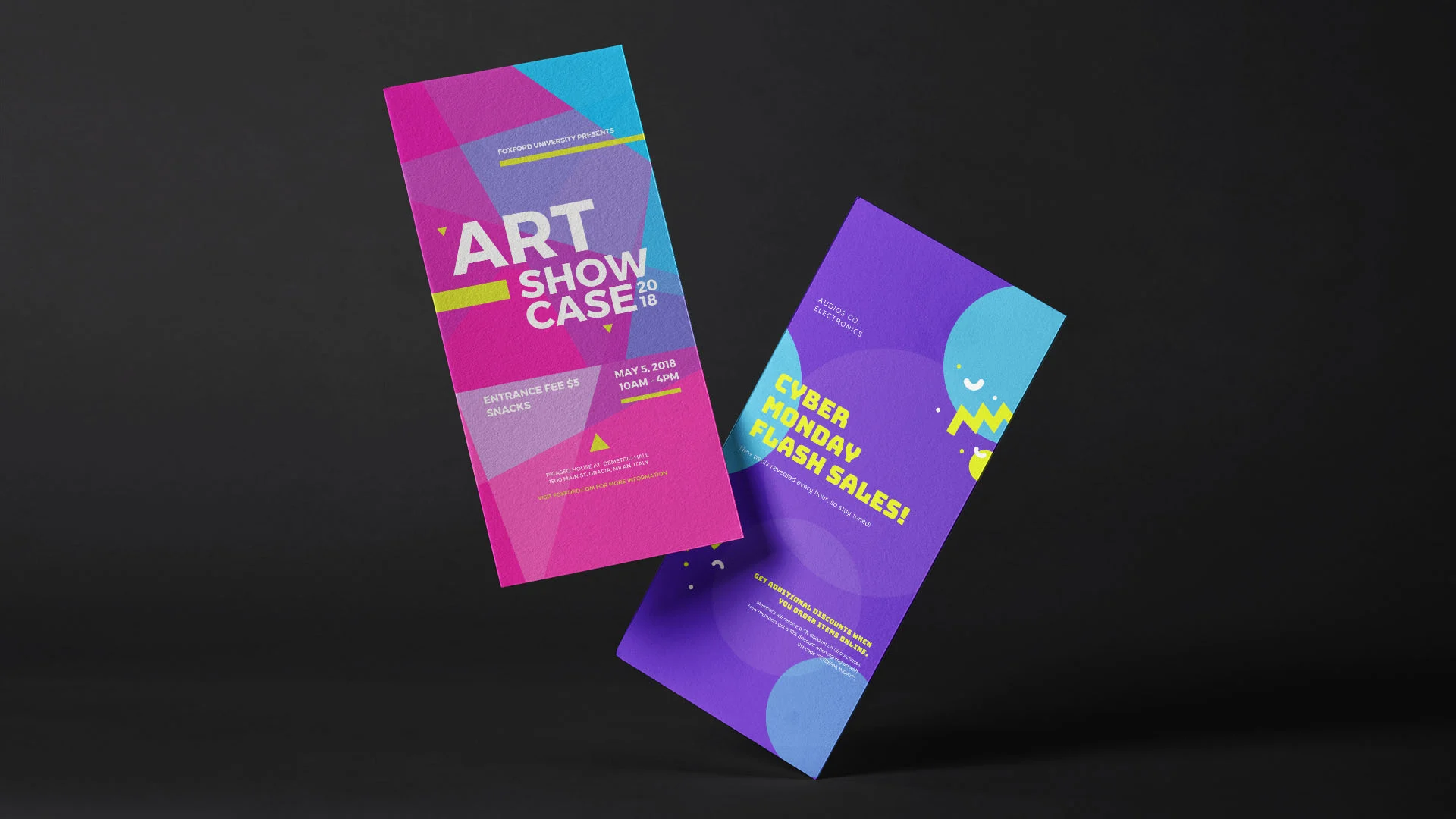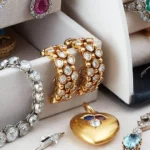the Importance of Brochure Design
Brochures have long been a staple in marketing and promotional efforts across various industries. They serve as tangible representations of a company’s brand, products, and services, offering a snapshot of what a business is all about. An effective brochure design can capture the essence of a brand and convey crucial information in a compelling and visually appealing manner. The importance of brochure design cannot be overstated, as it plays a pivotal role in attracting potential customers, informing them about offerings, and persuading them to take action. In a world where digital media is dominant, well-designed brochures provide a tactile experience that can leave a lasting impression.
Elements of Effective Brochure Design
To create a brochure that stands out, several key elements must be considered. The first element is the layout, which should be clean, organized, and easy to navigate. A cluttered brochure can overwhelm readers and obscure the message. Strategic use of whitespace helps to balance the design and improve readability. The choice of fonts and typography is another critical aspect. Fonts should be legible and consistent with the brand’s identity. Additionally, the color scheme should align with the brand’s color palette, evoking the right emotions and enhancing the overall aesthetic appeal.
Images and graphics play a crucial role in brochure design as well. High-quality, relevant images can draw attention and convey messages more powerfully than text alone. Infographics and icons can simplify complex information, making it more accessible to readers. Lastly, the paper quality and printing techniques should not be overlooked. Premium materials and finishes can elevate the perceived value of the brochure and reflect positively on the brand.
Crafting Compelling Content
While the visual elements of a brochure are essential, the content is equally important. The text should be clear, concise, and engaging. Begin with a captivating headline that grabs the reader’s attention and clearly states the purpose of the brochure. Follow this with well-structured body content that highlights the benefits of the products or services being promoted. Use bullet points, subheadings, and short paragraphs to break up the text and make it more digestible.
Including customer testimonials, case studies, and success stories can add credibility and persuade readers of the value of the offerings. It’s also beneficial to incorporate a strong call to action (CTA) that directs the reader on what steps to take next, whether it’s visiting a website, contacting for more information, or making a purchase. A well-crafted CTA can significantly improve the effectiveness of the brochure.
Designing for the Target Audience
Understanding the target audience is crucial in creating a brochure that resonates. Different demographics have varying preferences and behaviors, so the design and content should be tailored accordingly. For instance, a brochure aimed at young adults might feature bold colors, dynamic graphics, and informal language, whereas a brochure for a professional audience would likely use more subdued colors, formal language, and a sophisticated design.
Conducting market research can provide valuable insights into the preferences and needs of the target audience. This information can guide the design choices, ensuring the brochure is relevant and appealing to its intended recipients. Personalization can also enhance the connection with the audience. Customizing content and design elements to address the specific pain points and interests of the target group can make the brochure more engaging and effective.
Utilizing Technology and Trends
Incorporating modern technology and staying abreast of design trends can give brochures a contemporary edge. Interactive elements such as QR codes, augmented reality (AR), and quick response mechanisms can bridge the gap between print and digital media, offering readers a more immersive experience. For example, a QR code can lead to a video demonstration of a product, providing a richer understanding than static images alone.
Staying updated with design trends ensures that the brochure doesn’t appear outdated. Minimalistic designs, bold typography, and vibrant colors are currently popular trends that can make brochures more visually striking. However, it’s essential to balance trendiness with timeless design principles to ensure the brochure remains effective and relevant over time.
In conclusion, an impactful brochure design requires a careful balance of visual appeal and compelling content, tailored to the target audience and enhanced by modern technology and trends. By focusing on these elements, businesses can create brochures that not only attract attention but also effectively communicate their message and drive action.






